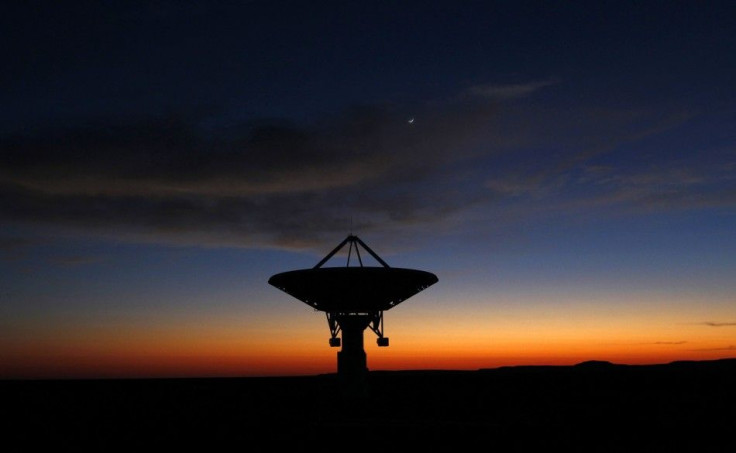Unexplained Cosmic Burst Captured Live In Space

A fast radio burst tearing through space was observed for the first time by astronomers. Fast radio bursts are short and sharp flashes of radio waves that are coming from an unknown source. The sighting has brought the scientists one step closer about understanding unexplained "alien" phenomenon that astronomers have been waiting to know about.
According to the Daily Mail, the cosmic bursts might be caused by new enigma. The astronomers are of the view that the possibilities of the cause could range from the evaporation of black holes to the mergers of neutron stars.The first cosmic burst was observed in 2007 through a data archive of the Parkes telescope.
A total of seven cosmic bursts have been observed to date, out of which six have been found through the Parkes telescope, a radio telescope observatory in Australia, and the seventh one was found through the Arecibo telescope, a radio telescope at Puerto Rico.The real-time detection system of the Parkes telescope captured the polarisation of the burst, which had never been recorded during previous bursts.
Emily Petroff, a PhD candidate at the Swinburne University of Technology in Melbourne, said that she and her international team were the first to catch a cosmic burst live. She said that the radio waves were usually discovered weeks, months or even more than a decade after the burst.
The team made note of the burst through 12 different telescopes around the world placed in Australia, Canary Islands, California, India, Hawaii and Germany. She explained that she had spotted a "live" burst in space and that the team were to make follow-up observations of it, with varying wavelengths from radio to X-rays.
Dr Mansi Kasliwal, a Hubble Fellow and Carnegie-Princeton Fellow at Carnegie Observatories and a team member, said that since no optical, X-rays, infrared or ultraviolet counterpart turned up, possible candidates like long gamma-ray bursts as well as nearby supernovae were also ruled out. She added that there were still contenders like the giant flares or the short or low-energy gamma-ray bursts.
The characteristic of the signal points that the source of the burst could be about 5.5 billion light-years away. Dr Daniele Malesani, an Italian astronomer from the University of Copenhagen and a team member, said that this meant that it could have given out energy in a few milliseconds which was equal to the energy given out by the sun in a day.
Contact the writer: afza.kandrikar@gmail.com





















